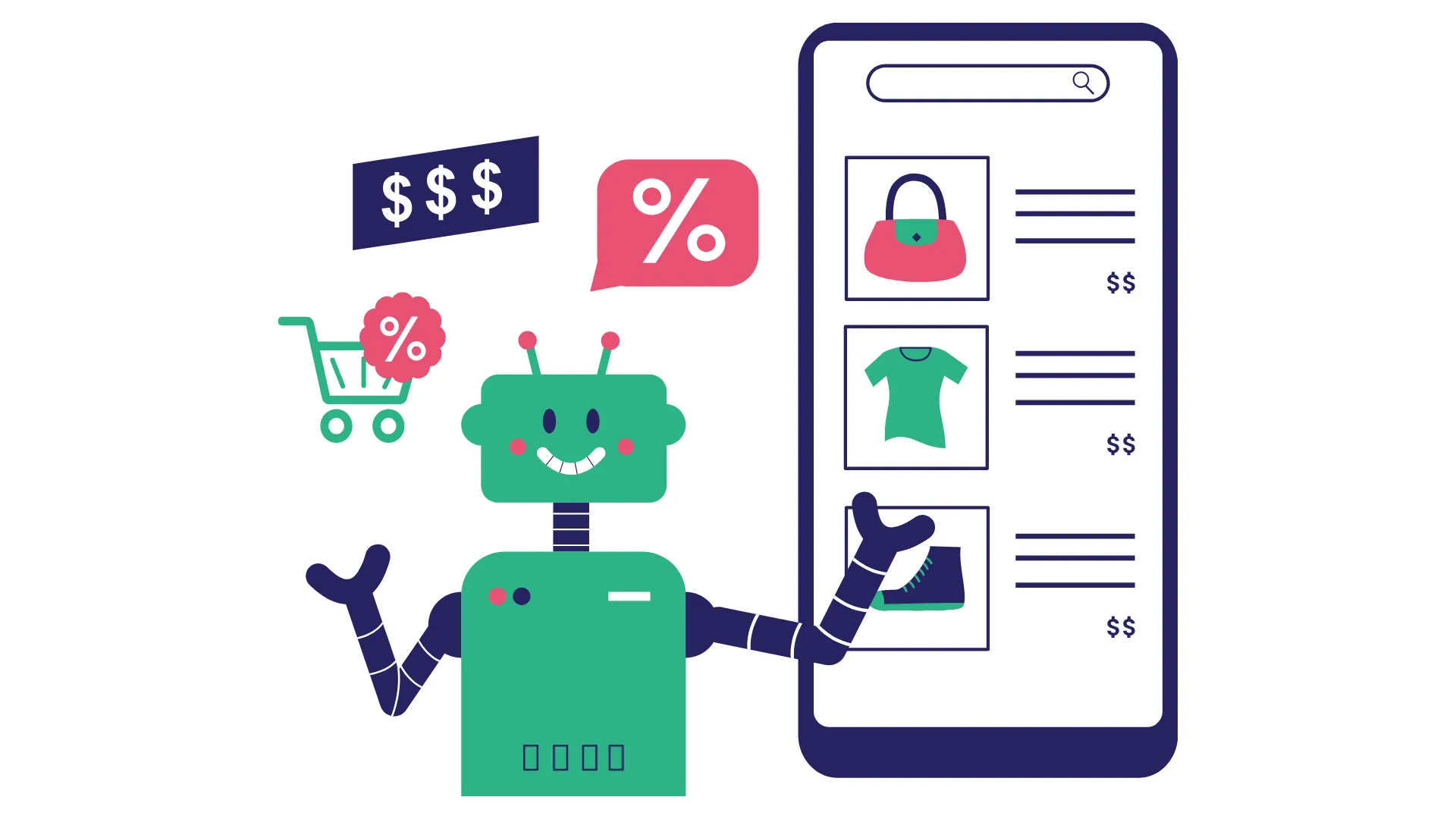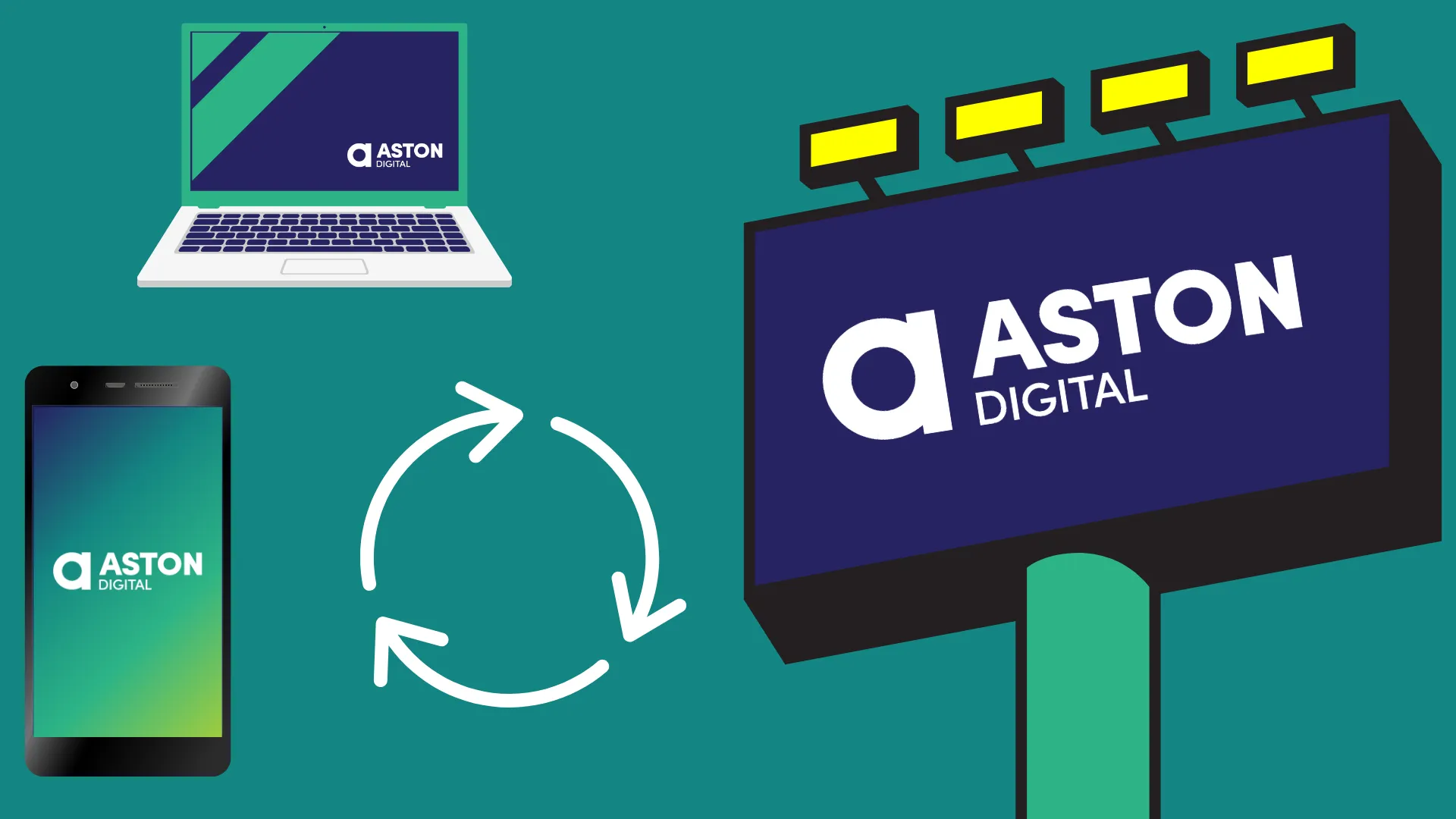If you’ve recently created a paid campaign on Facebook (or Meta as it’s now known), you’ve probably noticed the platform is trying to skew you towards using broad targeting instead of interest targeting.

Historically, we’ve pushed for specific interest targeting because it’s delivered us really positive results for our customers but the tides are starting to turn. In this post-iOS14 world it’s becoming increasingly difficult to reach targeted audiences. It’s now up to our creatives to do the heavy lifting.
What is broad targeting on Facebook?
Broad targeting on Facebook relies on Meta’s delivery system to find the best people to show your ads based on your conversion type, i.e. the people most likely to convert.
It can still include high level targeting such as age range, gender or location and then uses machine learning to find the right people based on their online behaviours.

Why Facebook/Meta recommends broad targeting for your business
1. More opportunities to find your customers
The bigger your audience, the more opportunities there are to position your ad in front of the right people. Even if your audience ends up being too broad, Meta will automatically optimise your targeting to reach the most relevant customers possible.
2. Better Audience Insights
Audience Insights and Meta Ads Reporting provides information about the people who interact with your ads, which you can use to optimise ad creative.
For best results, turn on Advantage detailed targeting to let Meta show your ad to additional people, so you can get better performance at a lower cost.
What are the downfalls of broad targeting?
Reaching a wider audience means there’ll be a number of people who simply aren’t interested in your brand or content which can burn your ad budget. Broad targeting is like a big fishing net. You’re not guaranteed to catch a fish, but it does increase your chances.
How to get the most out of broad targeting on Facebook/Meta
If broad targeting is still making you feel a little nervous – don’t worry, we were too – follow these steps so you can be sure you’re getting the best value out of it. Don’t forget – if your audience ends up being really broad, Meta will automatically optimise your ads to reach the most relevant people. It won’t just show to every Tom, Dick or Harry.
1. The bigger, the better
The bigger your audience pool, the better Meta’s delivery system will work because there are more chances to reach the right people. Remember the fishing net?
2. Stick to demographic targeting
Use age, gender and location targeting only, and avoid any interest targeting unless you feel that it’s absolutely necessary. These parameters will help you reach the most people without being too specific.
3. Use Advantage Detailed Targeting
If you’re tempted by interest targeting, turn on the Advantage Detailed Targeting option. This allows Meta to show your ad to similar people beyond your initial targeting, potentially lowering your costs.
4. Combine similar Ad Sets
Avoid overlapping your audiences with similar Ad Sets and combine them into one big Ad Set. This will make sure people don’t see the same ad twice and waste your budget.
5. Let your creatives do the targeting for you
Targeting a wider audience means your creatives have never been more important – and it was already super important! Test different hooks, angles, images, colours and landing pages to find the right formula that will drive results.
Is broad targeting really the right option for my brand?
Unless you have very specialist niches or brands with persona-based ads, broad targeting is the way to go.
Looking for assistance with your next social media advertising campaign? Find out how Aston Digital can help you reach your audience fast with clever creatives.

Google has started rolling out its brand-new AI Mode in countries like the United States, India, Canada and even New Zealand - but not yet in Australia. [...]

For years, Search Engine Optimisation (SEO) was the golden rule of digital marketing. Optimise keywords. Earn backlinks. Climb the rankings. But the way people find answers is [...]

A billion searches were made on ChatGPT last week alone. Now, OpenAI is turning those queries into a powerful new retail experience. ChatGPT recently launched its AI [...]

Google’s AI Overviews are reshaping search by pulling answers from the places people are actually talking: Reddit, YouTube, Quora and other community-driven platforms. According to new data [...]

Google has started rolling out its brand-new AI Mode in countries like the United States, India, Canada and even New Zealand - but not yet in Australia. [...]

For years, Search Engine Optimisation (SEO) was the golden rule of digital marketing. Optimise keywords. Earn backlinks. Climb the rankings. But the way people find answers is [...]

When you see a paid ad, nine times out of ten, you're probably not clicking on it. Instead, you'll likely hop over to Google, search the brand [...]

In digital advertising, audience targeting has always been both an art and a science. But what if the science just got smarter - a lot smarter? We’ve [...]

With attention spans getting shorter and competition fiercer, brands are constantly searching for that magic formula to stand out. But the answer isn’t always a bold campaign [...]

A billion searches were made on ChatGPT last week alone. Now, OpenAI is turning those queries into a powerful new retail experience. ChatGPT recently launched its AI [...]

Google’s AI Overviews are reshaping search by pulling answers from the places people are actually talking: Reddit, YouTube, Quora and other community-driven platforms. According to new data [...]

We recently posted a simple promotion on a client’s social media account. It was about a niche product - nothing flashy, not designed to go viral, just [...]

Starting July 10, 2025, public posts from professional Instagram accounts will start appearing in Google search results. That means your photos, Reels and videos could soon show [...]

One of the most common concerns we hear from clients is: “I feel like we’re repeating ourselves too much.” They worry that saying the same message more [...]

